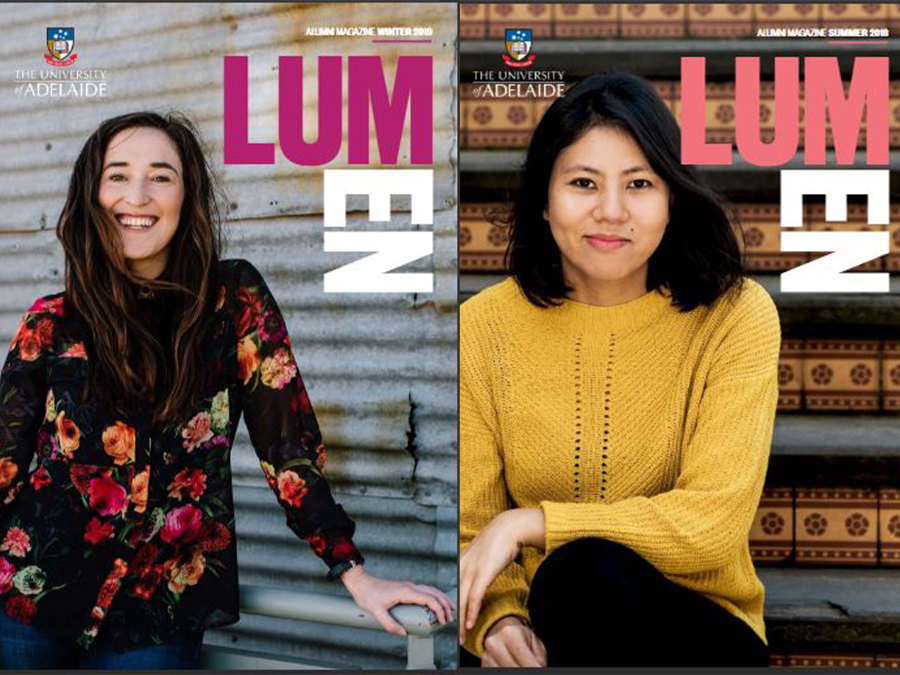What's happened to Adelaide's native species?
Monday, 2 June 2003
A new study by the University of Adelaide shows a significant decline in the number of native animal and plant species in the Adelaide area since European settlement in 1836.
The study is the first of its kind to detail the changes to our urban ecosystem by taking an historical view of Adelaide, and was conducted by Catherine Tait, an Honours student in the University of Adelaide's School of Earth and Environmental Sciences.
Using more than 200 studies, checklists and reports documenting the flora and fauna of the Adelaide region since 1836, Ms Tait has discovered which plant and animal species have arrived, which have been lost, and when they disappeared. She is also trying to discover the reasons for these changes, and chart the impact that introduced species have made on Adelaide's ecological environment.
She found that the Adelaide area has actually increased in species richness (that is, the number of plant and animal species) since Adelaide was founded.
"Since Governor Hindmarsh landed, there has been a significant drop in the number of native plant and animal species in Adelaide - but there has been an overall increase in the total number of species," Ms Tait says. "This increase was due largely to the high number of "alien" plant and animal species introduced, while the overall number of native plant and animal species has decreased."
Other key findings from the study include:
- 132 species have become extinct from the Adelaide area since 1836, while 648 species have been successfully introduced;
- The total number of native animal species decreased by 43 from 395 to 352, while 31 introduced animals are still present today;
- 50% of the native mammal species in 1836 are no longer found (a decrease from 40 to 20 species);
- There has been little change in the overall number of bird, reptile and amphibian species;
- There have been 617 new species of plants introduced, while 89 native plant species have been lost (or 8% of the original number of native plant species);
- Less than 4% of the city's original vegetation in 1836 still remains.
Ms Tait is now working for the newly formed Centre for Urban Habitats, which is headed by the University of Adelaide's Associate Professor Christopher Daniels (who was also her Honours supervisor). Besides the University, other partners in the centre include the Royal Adelaide Zoo, Adelaide City Council, Botanic Gardens and the South Australian Museum.
Contact Details
Email: catherine.tait@student.adelaide.edu.au
Mobile: 0411 132 345
Dr Chris Daniels
Email: chris.daniels@adelaide.edu.au
Associate Professor
School of Earth & Environmental Sciences
The University of Adelaide
Business: + 61 8 8313 6129
Mobile: 0410 422 759
Media Team
Email: media@adelaide.edu.au
Website: https://www.adelaide.edu.au/newsroom/
The University of Adelaide
Business: +61 8 8313 0814
Mr David Ellis
Email: david.ellis@adelaide.edu.au
Website: https://www.adelaide.edu.au/newsroom/
Deputy Director, Media and Corporate Relations
External Relations
The University of Adelaide
Business: +61 8 8313 5414
Mobile: +61 (0)421 612 762







